A new expert taskforce could be formed to turn around the fortunes of Aberdeen’s famous Granite Mile.
Calls have been made to form a Union Street coalition, which it is claimed could halt city centre decline.
The idea, tipped to reinvigorate the city centre within five years, was put forward at an emergency summit on Aberdeen’s main thoroughfare.
Around 170 people packed into the grand ballroom of the Douglas Hotel to share their ideas on how to bring Union Street back from the brink.
There are multi-million-pound plans for the area, including a new £50 million market development.
But there are fears, unless short-term action is taken now, the change will come too late.
A quarter of Union Street premises sit empty
It was revealed that around 25% of commercial properties remain empty on what was once Aberdeen’s main shopping street.
Agents FG Burnett have counted 47 empty premises along the Granite Mile.
Across the city centre, including the three major shopping malls, there are around 300 retail units.
CBRE’s Derren McRae reckons about 100 are either vacant or have tenants not paying rent.
Business improvement organisation Aberdeen Inspired called the summit to address the need for immediate action.
The meeting began with a hard-hitting video featuring comments from locals on the decline of Union Street.
They described its downfall as “very sad”, with some saying Aberdeen had become a “ghost city”.
One pundit put it bluntly, calling the Granite Mile “a bit of a s***hole” to a mixture of shock and laughter in the hall.
Aberdeen Inspired chairman Allan Henderson was first to take to the stage, admitting some days he feared the “spiral of decline is getting out of control”.
But rallying others to put on their thinking caps, he added: “Are we past the point of decline? I don’t think so.
“But we are running out of time to get our city centre going again.”
Council urged to pick Union Street vision – and stick to it
Keynote speaker, professor of urban collaboration Richard Laing, urged Aberdeen City Council to agree a plan for Union Street – and stick to it.
Pedestrianisation of the Granite Mile – from Market Street to Bridge Street – was agreed last year.
A change in political tides saw the SNP and Liberal Democrats throw those plans out for continued bus access months later.
The local authority will make decisions on detailed designs for the city centre and beach masterplan next month.
It is a £150 million project which could change the face of Aberdeen for years to come.
One idea raised by several speakers was the need to introduce different zones on Union Street.
Panellists suggested a business district at the top end, surrounding the Capitol and Silver Fin buildings.
Soon, Shell will return to the city centre – with other major firms hoped to follow.
Other parts could be developed for culture or residential use.
Getting people to live, work and visit the Granite Mile is becoming more of a focus.
People are leaving the converted offices in its upper storeys for newer office buildings.
The central stretch, now closed to all traffic but buses and taxis, would concentrate on retail and leisure.
Is the solution a Union Street Coalition?
And it was within that section that the Union Street Coalition would work.
Brought forward by Aberdeen and Grampian Chamber of Commerce, the taskforce would “spearhead the marketing and development” of the central stretch.
Policy director Ryan Crighton suggested it could attract some of the best national retailers back to the Granite Mile within five years.
It would also “nurture” local companies, possibly in return for an equity stake in the fledgling firm.
“This organisation would be primarily private funded,” he said.
“Ideally it could attract match funding from bodies like Scottish Enterprise, or a slice of Just Transition Funding, and possibly become a joint venture with the council,” he said.
The coalition would work on marketing and developing business in the central stretch.
For a finders fee, it would encourage up-and-coming independent brands to come to Aberdeen by setting them up with landlords with empty units.
It would also market the city in a new light: “a story of regeneration, a story of renaissance,” Mr Crighton added.
Coalition could ‘control the Union Street message’
He highlighted a quick Google of Union Street soon brought up stories of urban decay and crime.
He said: “Controlling the message and imagery is what we need to do. And it is how we could lure new companies to Union Street from elsewhere.”
The coalition would also, he suggested, hold investment funding to help “high-growth potential” local firms onto Union Street.
In return for equity in the company, it could assist with rent and other barriers stopping them taking up premises.
Business experts would also provide mentoring, with any money generated put back into the pot to continue the work.
Mr Crighton concluded: “This has potential to bring an exciting new blend of retail leisure, food and drink back to Union Street, showcasing the best the region has to offer.
“In doing so, we could create a unique new model for the high street, fusing a desirable blend of the best up-and-coming businesses both locally and nationally.
“As a region, we have the enterprising spirit to engineer a brighter future for Union Street. But it’s going to take the people in this room, and many hundreds outside of it, to make it happen.
“But I am absolutely certain we can do it – and show other parts of the UK how you can regenerate a city centre.”
Calls for apolitical city centre tsar to aid Union Street development
In the meantime, numerous voices independently raised the need for a single point of contact at the council for developers.
For two years, Marc Cole fulfilled the £103,000-a-year city centre director job.
He led on work on the 2015 version of the city centre masterplan.
But when Mr Cole left in 2018, he was never replaced.
Meanwhile, Aberdeen Inspired unveiled its own high street guru to tackle the problem of Union Street’s many vacant shops.
Seeking the “collective wisdom” required for the massive task, Ian Nicholson has been commissioned by the city centre improvement group.
Mr Nicholson is a “placemaking specialist” with The Vacant Shops Academy.
He is said to have helped towns in Oxfordshire reduce empty units by as much as 50%.
He also spent more than two years as interim city centre manager with Oxford City Council, and is a former BBC radio journalist.
There taking notes were council co-leaders Alex Nicoll and Ian Yuill, accompanied by city official Richard Sweetnam.
Afterwards, Liberal Democrat group leader Mr Yuill said: “We came here to listen.
“Our partnership is committed to working with anyone interested in making our city centre a better place.
“We can achieve that. There have been some very interesting ideas that could be achieved quickly.
“Others – like the city centre and beach masterplan – which will take longer.”
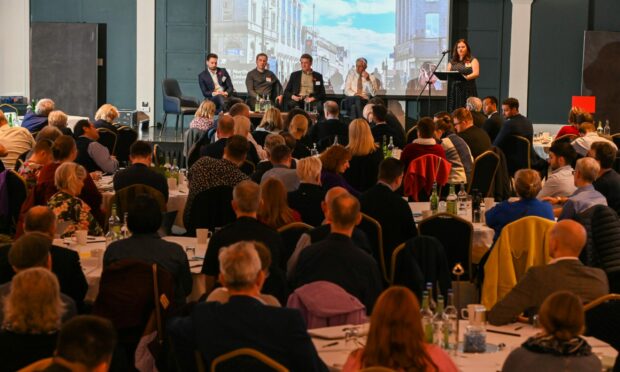
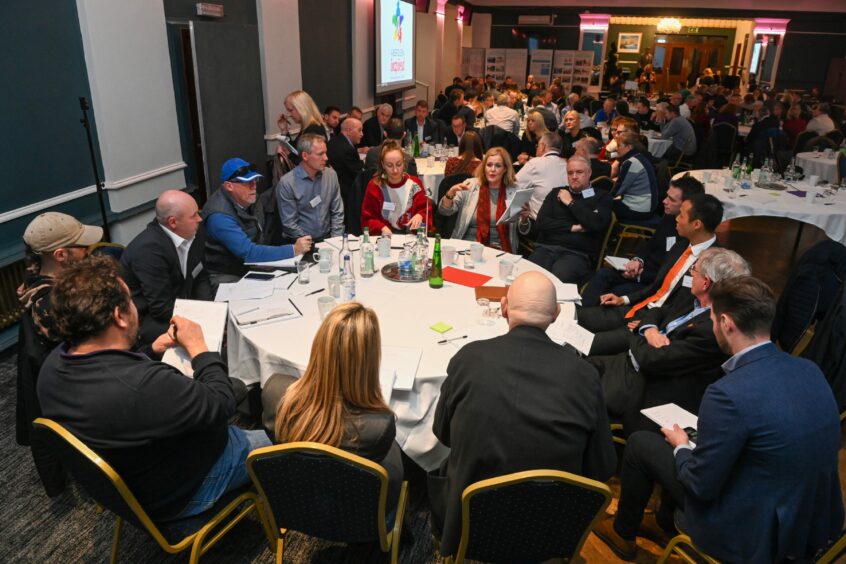
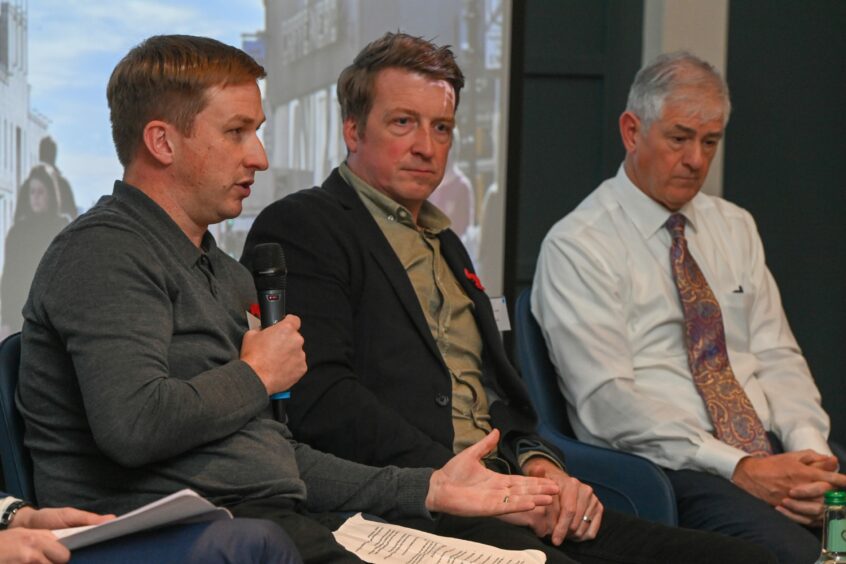
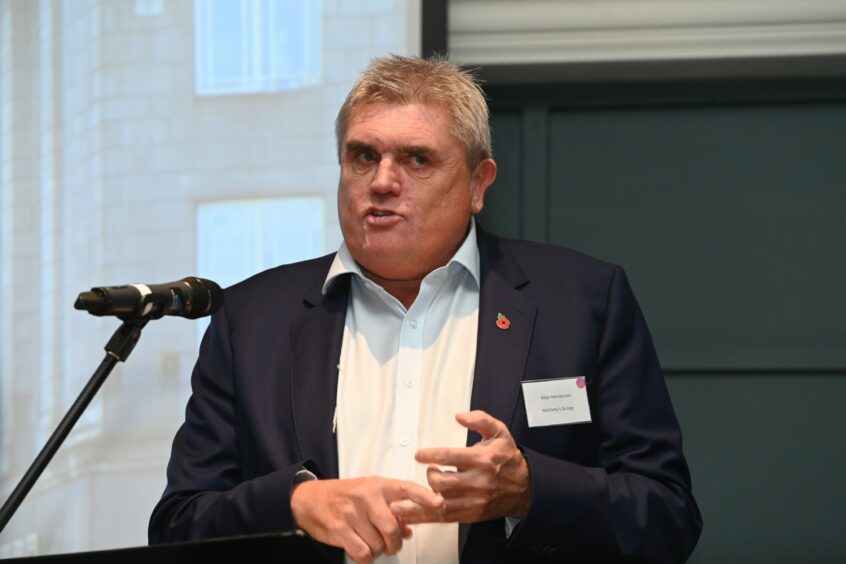
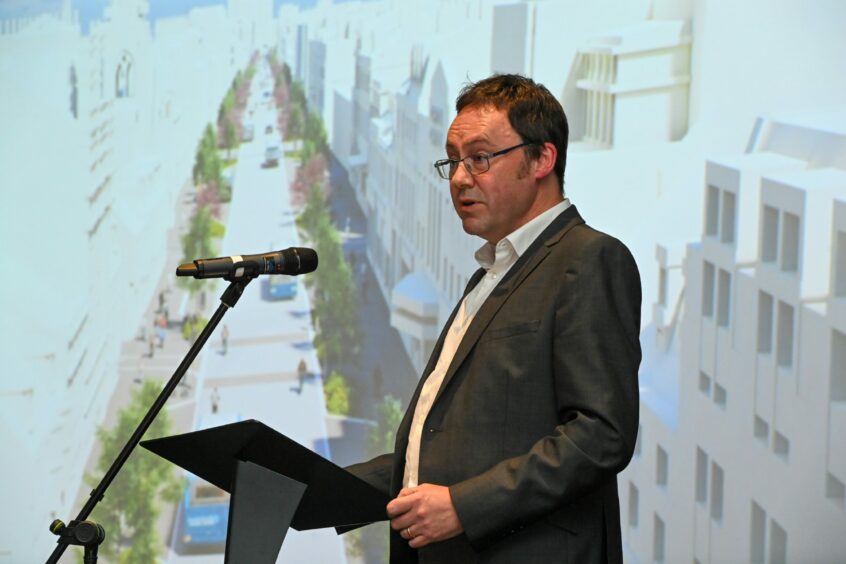
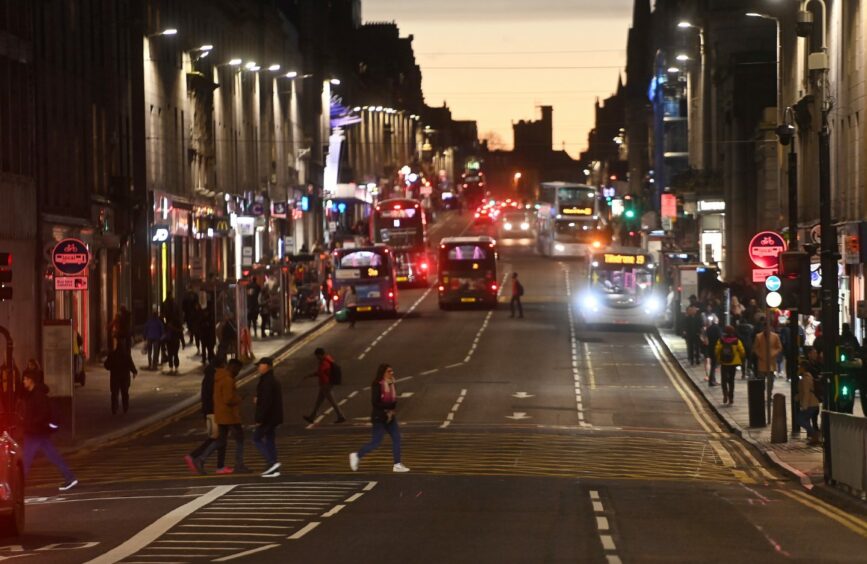
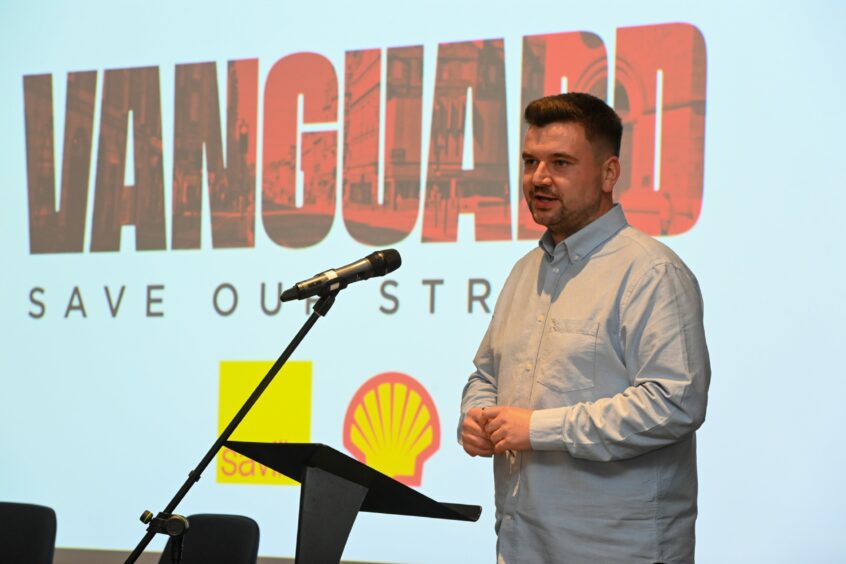

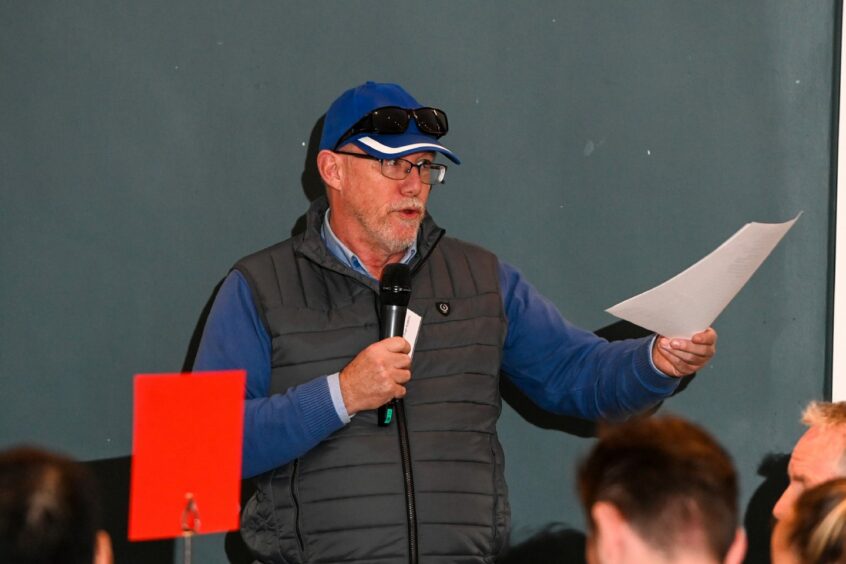

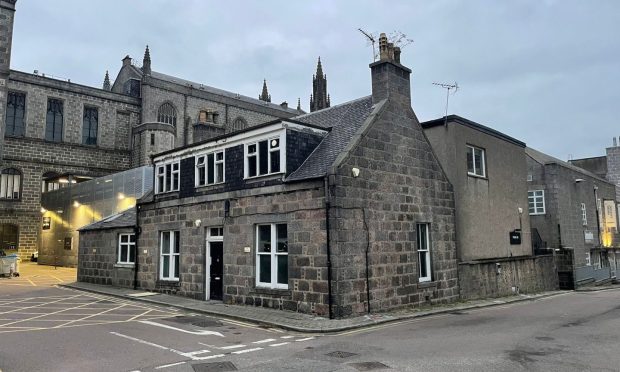
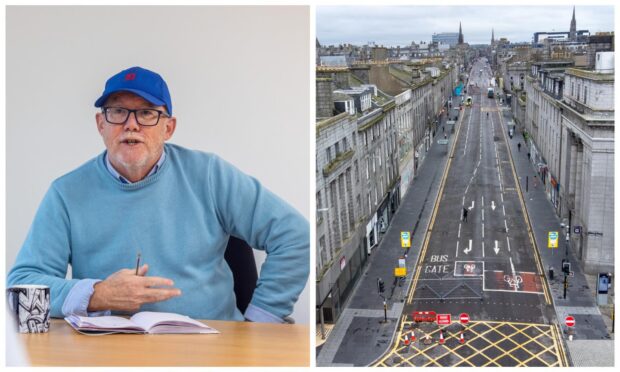

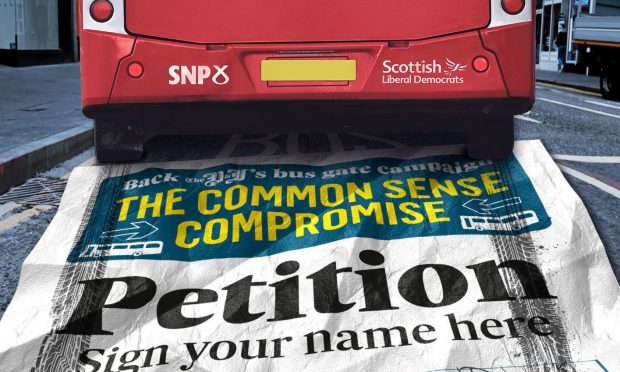
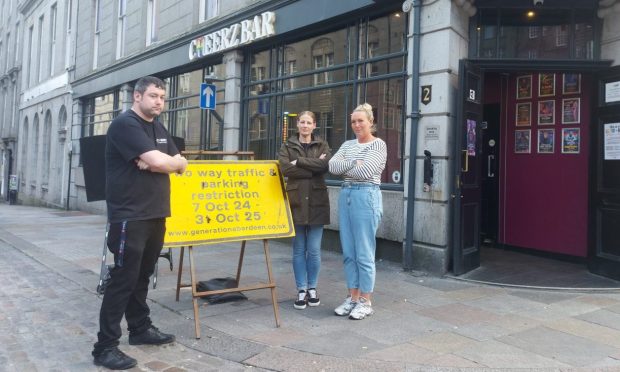
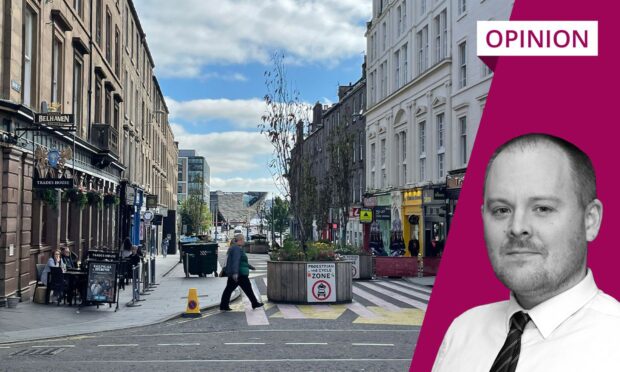
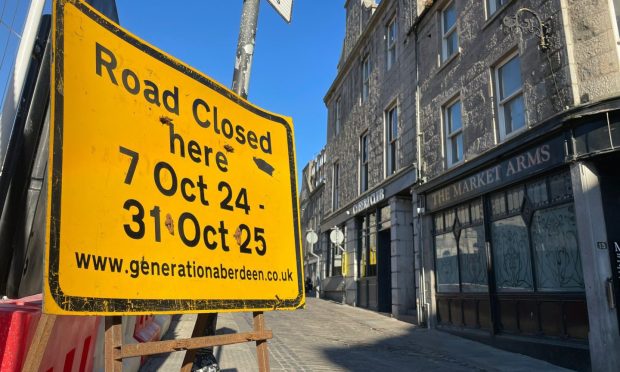
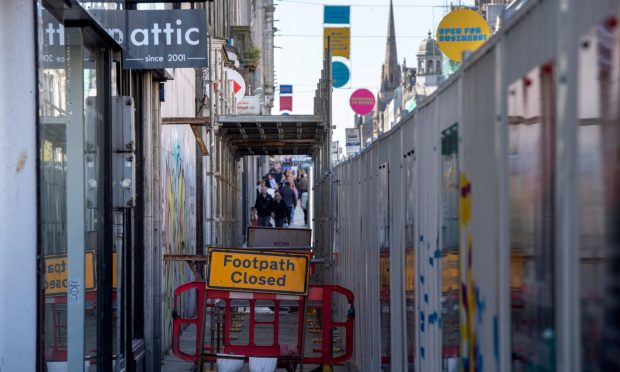
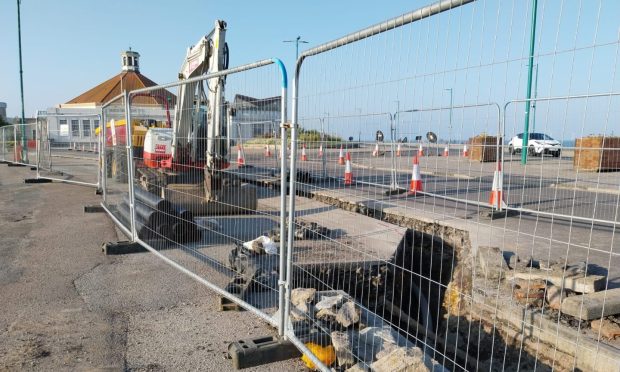

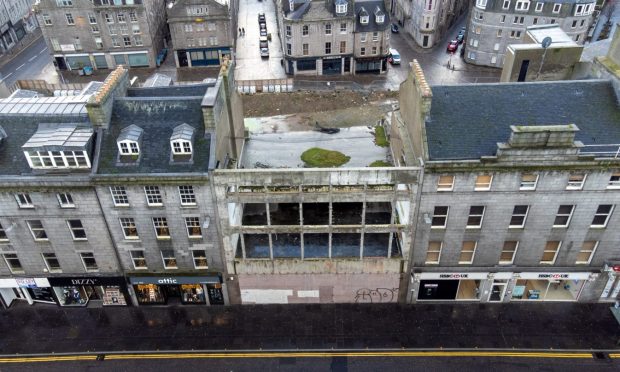
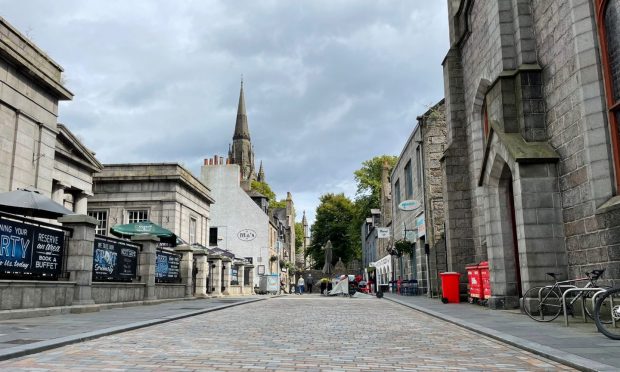
Conversation